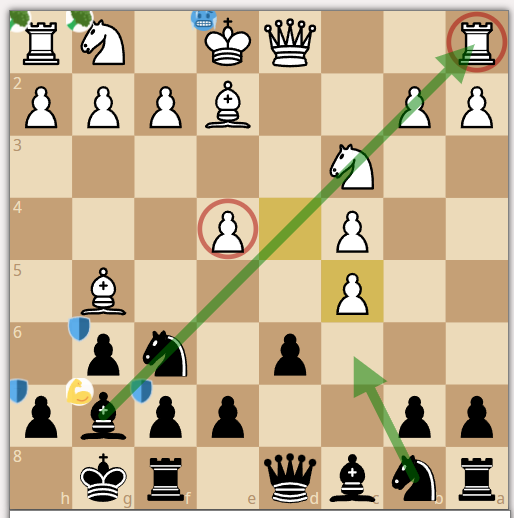
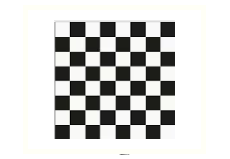
Build your repertoire with Chopenings
Here we explain you the best way to build a repertoire and master it!
If you want to improve, read this once. Think about it and draw your own conclusions.
What is a repertoire and why build one?
First things first. A chess opening repertoire is a collection of opening lines you have studied and prepared to use in your games.
Simply put, these are the moves you have prepared in response to your opponent's initial moves.
It is key to prepare and train a repertoire with the idea of using it in a game, tournament, or specific playing style.
In general, it is recommended that the repertoire be specific and not too broad.
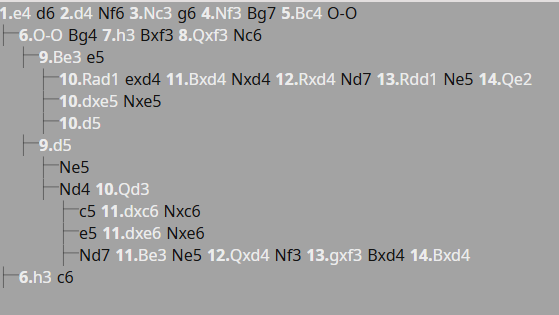
A single repertoire or multiple repertoires?
We recommend having several repertoires that you can train separately depending on your opponent, tournament, or playing style.
It is better to organize repertoires according to your opponent's first moves.
For example, with black pieces, you can have a repertoire against 1.e4, another against 1.d4, and another against 1.c4.
Similarly, with white pieces, you can have a repertoire against 1...e6 (French), another against 1...c5 (Sicilian), and another against 1...c6 (Caro-Kann).
What depth?
It depends on your level and prior knowledge. Start with a depth you fully master and expand it gradually.
It is recommended to strictly play the repertoire you are training and expand it as you encounter unprepared moves.
Where do I get new moves for my repertoire?
There are many sources that can help you expand or build your repertoire.
Database of grandmasters. On Lichess, you can easily consult the most popular moves in an opening position limited to grandmaster games. This can be a very good source of information. However, keep in mind that they do not explain the plans that follow. You can see the reference games offered by Lichess from grandmasters to try to assimilate the plans, but it is not an easy task.
Opening books. Less used today as they are not as up-to-date. Even so, they deal with openings in great depth and detail, explaining the plans and showing reference games. They may not be the latest in theory, but they are certainly useful for most players.
Opening videos. On YouTube, you can find countless videos about openings. Some are introductory, and others are series of several videos delving into a variant and its plans. On our website, you can find links to various videos about openings by highly recognized authors. We have introduced and prepared the lines so you can practice them on Chopenings.com effortlessly.
How do I annotate my repertoires?
On Chopenings.com, you can add comments to each move with rich text, allowing you to add colors, fonts, highlights, etc., making the information more readable, clear, and structured.
You can also add arrows and circles on the board to highlight plans, threats, good moves, weak squares, key squares, etc.
Chopenings.com also includes a set of stickers you can add to the board. These not only make studying more entertaining and visual but also help you remember more easily by breaking the monotony of lines.
Position and variant names?
As you know, many openings lead to different variations that have their own names (e.g., the King's Indian Defense has variations like Samisch, Larsen, Four Pawns, Averbakh, etc.).
On Chopenings.com, you can save the names associated with each variant. This way, you can directly access them and prepare training based on any of them.
It is very important to know the names of the variants you play. This will help you communicate with other players and find information about them. Additionally, you will better memorize the lines and plans associated with each variant.
While there are many "official" names, you can be creative and give your own names to variants to remember them better.
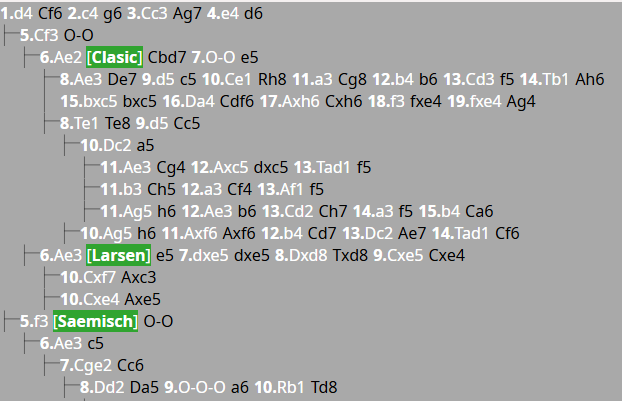
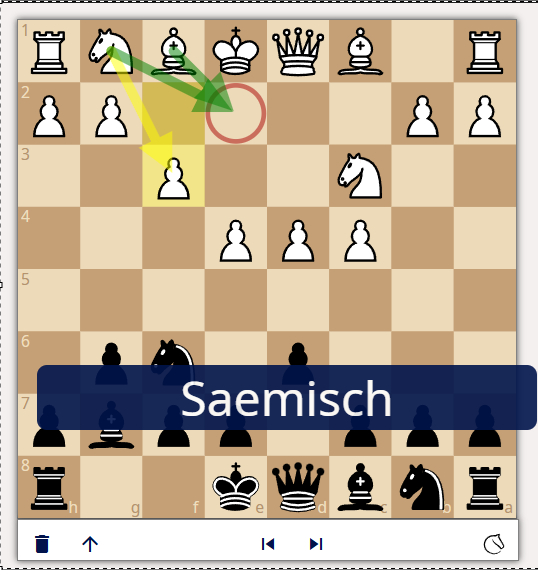
What about the plans?
Plans are the most important part of a repertoire. It is not only important to know the moves but also to understand the plans and strategies behind them. This will help you make informed decisions during the game and adapt to your opponent's moves.
We recommend using the comment area, arrows, circles, and stickers to note down the plans for key positions as well as the final positions of your lines.
